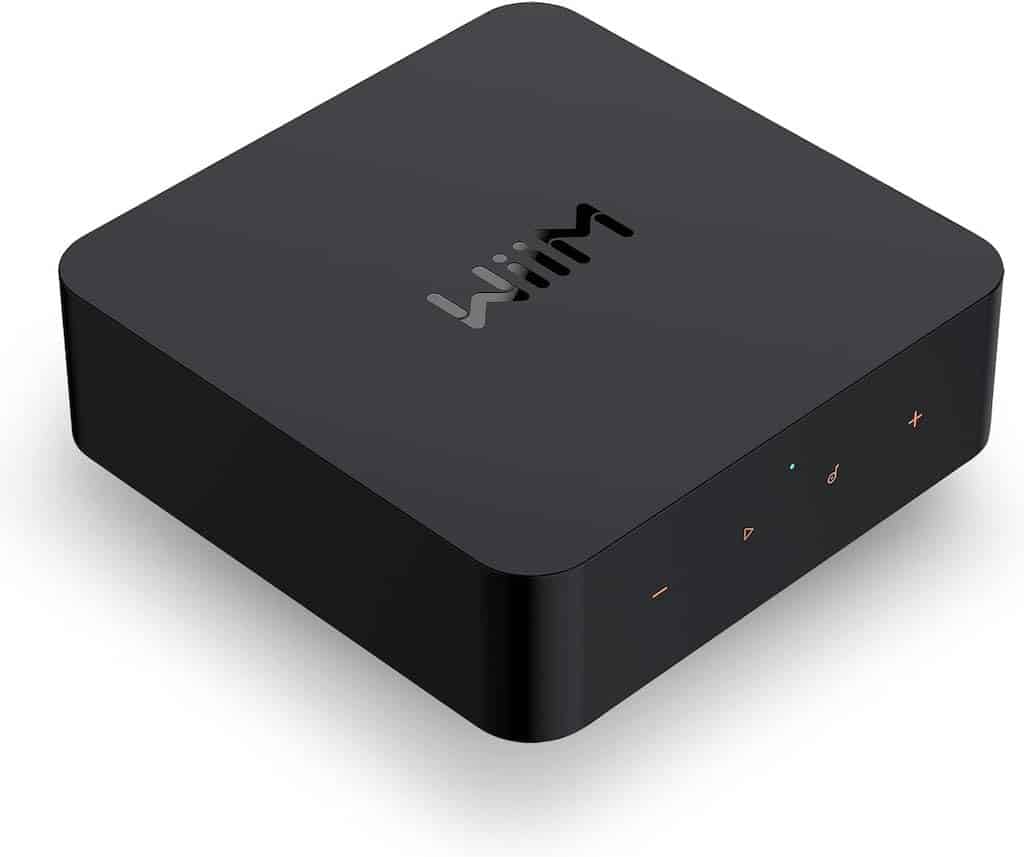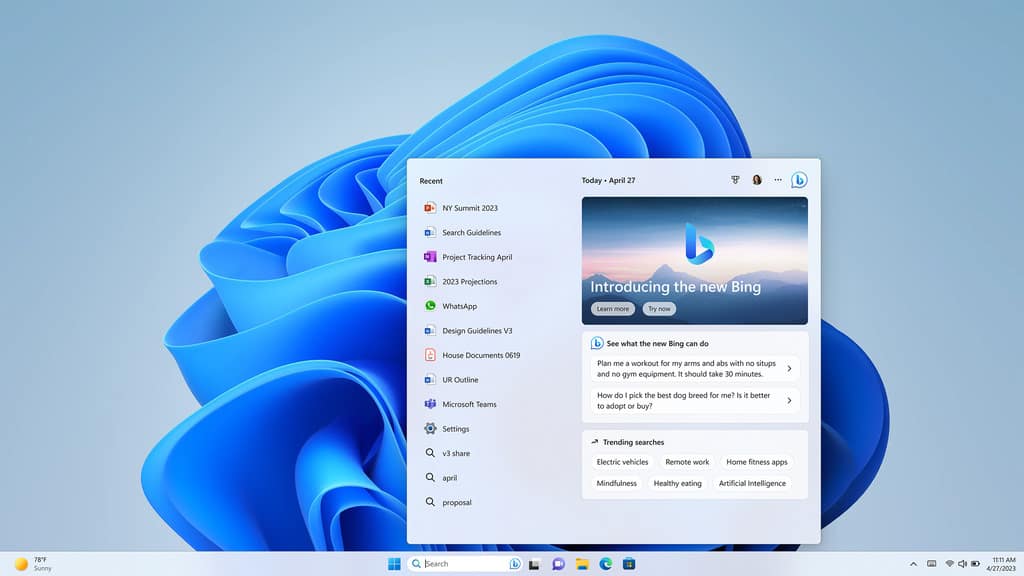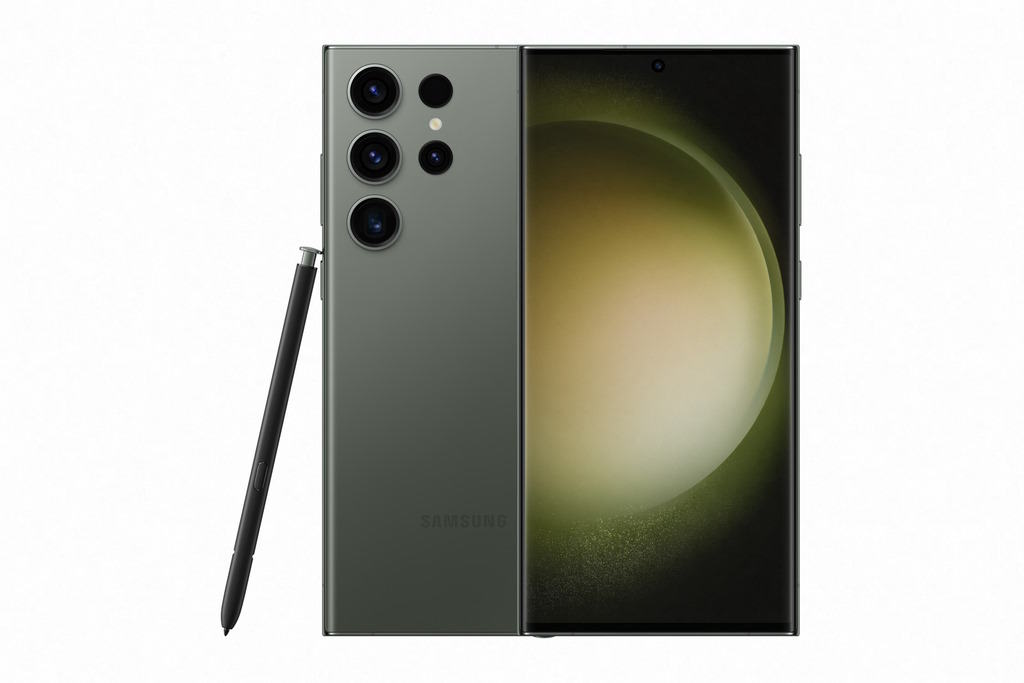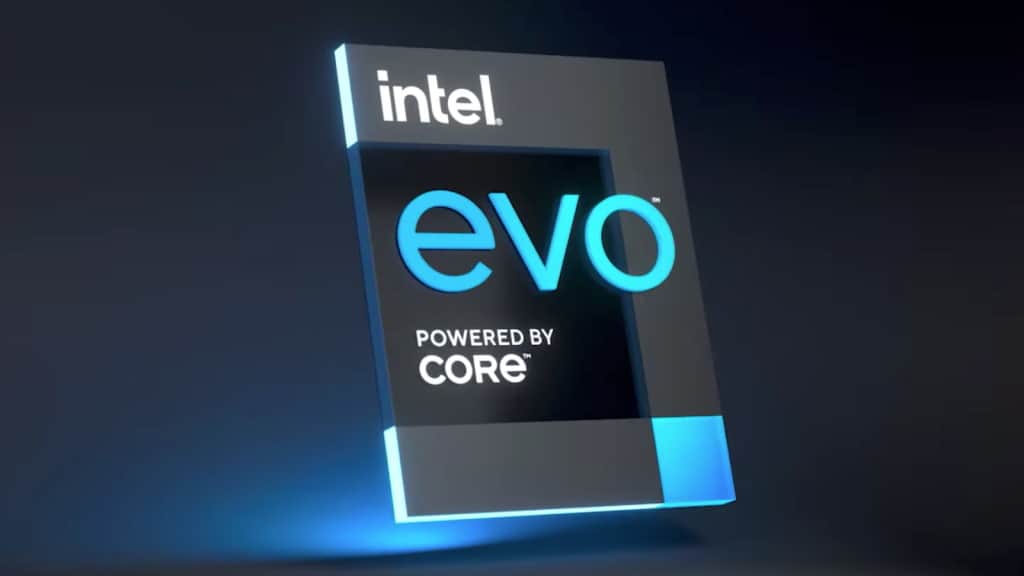PAT PILCHER challenges smartphone brands to heed the call for genuine innovation, and calls them out for trading on superficial advancements.
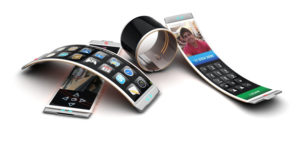
Until recently we’ve seen amazing innovation in smartphones. Battery life has improved from a day to several days. Processors have become powerful and energy efficient. Most smartphones are now also capable gaming machines. Phones such as Samsung’s Galaxy range have launched with impressive curved displays. Huawei’s twin cameras also rendered most high end point and shoot cameras obsolete.
I say until recently, as most of these innovations happened last year. This year’s crop of hardware seems far less innovative. It appears that putting a different case on last year’s phone and giving it a new model number is all it takes in 2017.
Gadget blog Gizmodo announced that that the Samsung Galaxy S7 Edge got awarded the best phone at the 2017 Mobile World Conference. The story is most likely simply clickbait, and the Galaxy S7 Edge is an excellent phone, but there’s no escaping the fact that it launched last year. Adding insult to injury, this year’s MWC was dominated by novelty phones lacking anything remotely resembling innovation.
So is smartphone innovation hitting a brick wall, and what are the barriers holding real innovation back?
Many phone buyers compare smartphone specifications when shopping. This is both a good and a bad thing. Specs don’t necessarily tell the whole story.
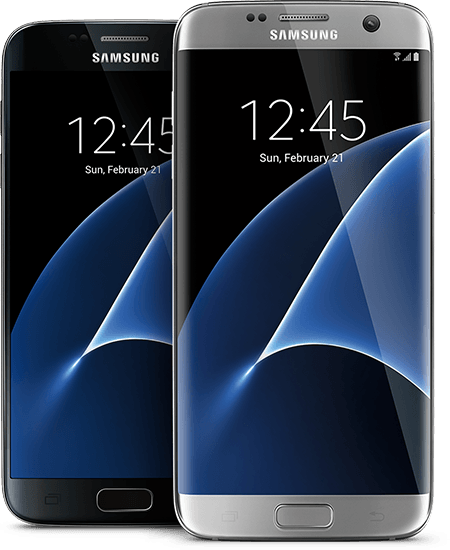
Take displays. Many a phone reviewer has got a serious hard-on for 4K phone displays. A 4K display has 3840 vertical pixels and twice as many horizontally than a 1080p display. More must be better, right?
Wrong. Most people – even those with 20/20 vision – will struggle to spot any differences between a 4K and HD display on a smartphone screen.
More pixels also use more power, so battery life takes a hit. The only answer to this is to add a bigger battery which results in a bulkier phone. All told, 4K on a phone is a lose-lose proposition.
Then there’s cameras, the most hyped of smartphone marketing, blah-blah. Many phone manufacturers make irrational boasts about the cameras packed into their devices. They usually tout the number of pixels on the image sensor because uninformed spec shoppers like big numbers.
This ignores other detail that impacts on photo quality – the quality of the lens, for instance. This is rarely mentioned because image sensors are cheap, while good lenses are not.
The upshot is that many high-end phones have a high-resolution image sensor and a low-fi lens. This sees the resolution of the camera limited by the lens. The effective resolution of the camera is often lower than the specs would have you believe.
 Don’t get me wrong, there are still plenty of areas where real innovation can and should happen. There’s just not much sign of it at this year’s Mobile World Congress.
Don’t get me wrong, there are still plenty of areas where real innovation can and should happen. There’s just not much sign of it at this year’s Mobile World Congress.
One of the biggest areas of innovation is the least recognised: battery technology. Smartphone makers have stretched battery life out to well over a day, even two days. This is despite using more powerful processors, faster mobile radios and sharper displays. But going beyond this needs bigger batteries.
Then there’s charging times. At present, fast charging sees phones going from flat to full in around two hours. But what if a full charge could happen in under 15 minutes? This is already possible, thanks to graphene battery technologies.
Chinese company Dongxu Optoelectronics launched the hyped “G-King” battery. It’s a roomy 4800mAh battery that charges to full in a mere 13 to 15 minutes. It’s also more durable and can be recharged 3500 times – around seven times more than most Li-Ion batteries.
Then there’s displays. LCD has come a long way. Viewing angles, resolution and colour accuracy have all improved out of sight. But LCD is hitting its technological limits. Other thinner and energy efficient technologies such as OLED are becoming more prevalent. Where LCD displays need back lighting which adds bulk, OLED pixels are self-illuminating. A black pixel on an OLED display also doesn’t use any power. OLED displays usually consist of a flexible plastic film with embedded OLED pixels. This allows for curved displays like those used in Samsung’s Galaxy S7 Edge.
Curved displays and other innovations have bypassed hardware announced at this year’s MWC. Not only was a phone released last year nominated for the best phone, but those garnering the most excitement are based on nostalgia or novelty.

Nokia’s retro 3310 phone stole a tonne of headlines, regardless of the fact it sports terrible specifications, is over-priced and packs zero innovation. Blackberry’s latest phone is a nod to the past rather than anything innovative.
The parallels with the auto industry are all too similar. To minimise costly changes to production lines, car makers launched new models with little more than a few cosmetic body changes and minor tweaks such as racing stripes and tail fins. This year’s MWC has shown that most phone manufacturers are following suit. PAT PILCHER










